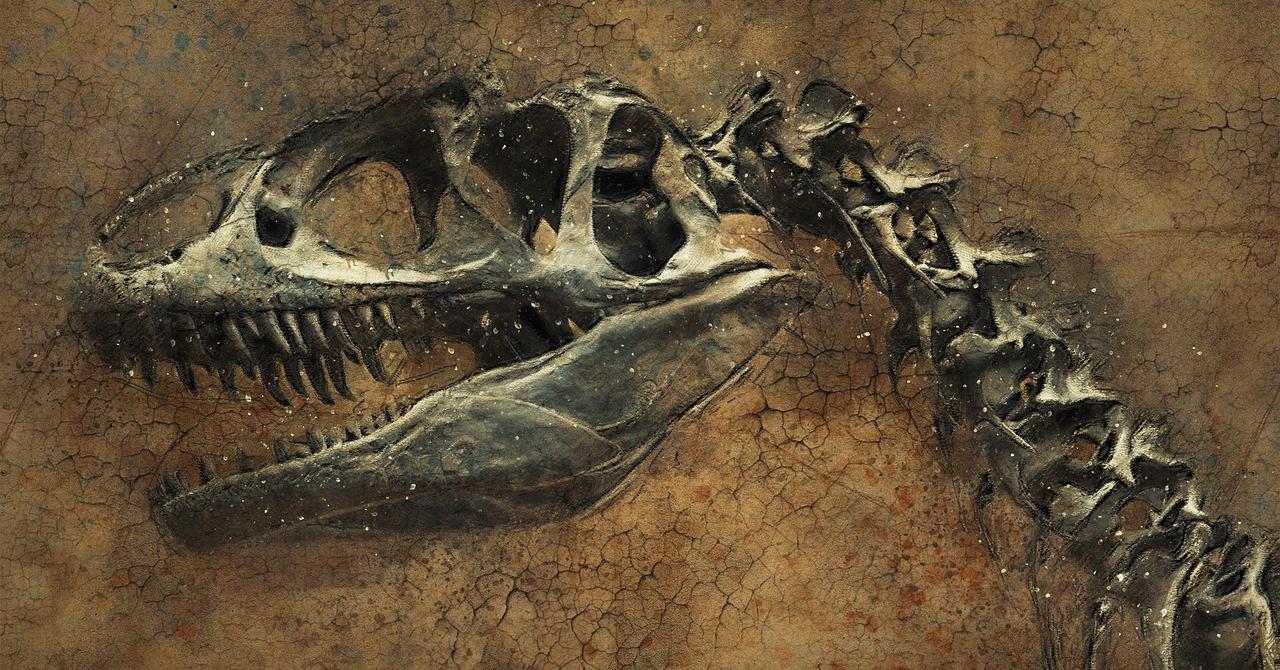Are you curious to know what is color is fossil? You have come to the right place as I am going to tell you everything about color is fossil in a very simple explanation. Without further discussion let’s begin to know what is color is fossil?
What Color Is Fossil?
Fossils provide a captivating window into the Earth’s history, offering valuable insights into the creatures that once roamed our planet. While we often imagine fossils as being shades of brown or gray, their true colors are not always immediately apparent. In this blog, we will explore the colors of fossils, the factors that influence their pigmentation, and the remarkable discoveries they unveil.
Fossils: Preserved Remnants Of Ancient Life
Fossils are the preserved remains or traces of plants, animals, and other organisms that lived in the past. They form through a process called fossilization, which occurs when minerals gradually replace the organic matter of the original organism over thousands or millions of years.
Factors Influencing Fossil Coloration
- Composition of Fossilized Material: The composition of the fossilized material plays a significant role in determining its color. Different minerals, such as iron oxide, manganese, and carbon, can impart distinct hues to the fossil.
- Preservation Conditions: The conditions under which the fossil is formed and preserved can also impact its color. Factors such as the presence of oxygen, moisture levels, and the type of sediment surrounding the organism can all contribute to the preservation of original pigmentation or the development of new colors.
Colors Of Fossils
- Earth Tones: Fossils are commonly associated with earthy colors such as brown, tan, and gray. These hues often result from the presence of iron oxides in the surrounding sediment, which gradually seep into the fossilized remains.
- Exceptional Discoveries: While earth tones are common, some fossils have preserved original pigmentation, offering glimpses into the vibrant colors of prehistoric life. Examples include fossilized insects with iridescent wings or feathers that retain their original hues.
- Preservation of Soft Tissues: In rare cases, fossils preserve soft tissues, such as skin or feathers, which can retain their original colors. These exceptional specimens provide invaluable insights into the appearance and pigmentation of ancient organisms.
Scientific Techniques: Revealing Hidden Colors
Advancements in scientific techniques have allowed researchers to uncover the hidden colors of fossils. Using methods such as spectroscopy and scanning electron microscopy, scientists can analyze the chemical composition of fossils, revealing traces of pigments that have withstood the test of time.
Appreciating The Colors Of Fossils
While the majority of fossils exhibit earthy tones, the occasional discovery of fossils with preserved colors or the scientific revelation of their original hues allows us to envision prehistoric life in vivid detail. The colors of fossils add depth and realism to our understanding of ancient ecosystems, enhancing our appreciation for the diversity and beauty of life that once thrived on Earth.
Conclusion
Fossils, the preserved remnants of ancient life, come in a range of colors influenced by various factors. While many fossils exhibit earth tones resulting from the composition of the fossilized material and preservation conditions, exceptional discoveries and scientific techniques have shed light on the original colors of certain fossils. These vibrant hues offer glimpses into the astonishing diversity and visual splendor of prehistoric organisms.
Next time you encounter a fossil, remember that its true colors may be more nuanced and diverse than initially apparent. Fossils not only tell stories of ancient life but also inspire our curiosity and imagination as we continue to explore and uncover the remarkable secrets of our planet’s past.
Let’s find some more interesting facts about different topics on Tallestclub
FAQ
What Color Is Fossil Considered?
Such colours are generally not bright blues, reds, or yellows, but range from pitch black to snow white, dusty rose to pale yellow, light beige to dark drown. In North America, many fossils contain phosphate, limestone, or iron. Phosphate typically produces black fossils and limestone yellowish-gray fossils.
What Is The Color Code For Fossil Stone?
The hexadecimal color code #e4ddcd is a light shade of yellow. In the RGB color model #e4ddcd is comprised of 89.41% red, 86.67% green and 80.39% blue. In the HSL color space #e4ddcd has a hue of 42° (degrees), 30% saturation and 85% lightness.
Why Are Fossils Different Colors?
Different Minerals Produce Different Colors
If phosphate replaces the original material, the fossil will be black. Areas with lots of iron in the ground will produce red and orange colored fossils.
What Color Is Tusk?
Tusk is a popular neutral that has a golden undertone. It’s warm yet sophisticated. *A digital swatch is a rough estimation of the color. A paint chip or sample pint is most accurate way to sample this color.
I Have Covered All The Following Queries And Topics In The Above Article
What Color Is Fossil Furniture
What Color Is Fossil Stone
What Color Is Fossil Grey
What Color Is Fossil Stome
What Color Is Fossil Brown
What Color Is Columbia Fossil
What Color Is Tumi Fossil
What Color Is Fossil Towel
What Color Is Fossil Beige?
Fossil Color Code
Fossil Color Shirt
What Colors Go With Fossil Grey
Cashmere Color
Fossil Painting
What Color Is Fossil
What color is fossil color
What color is fossil color
